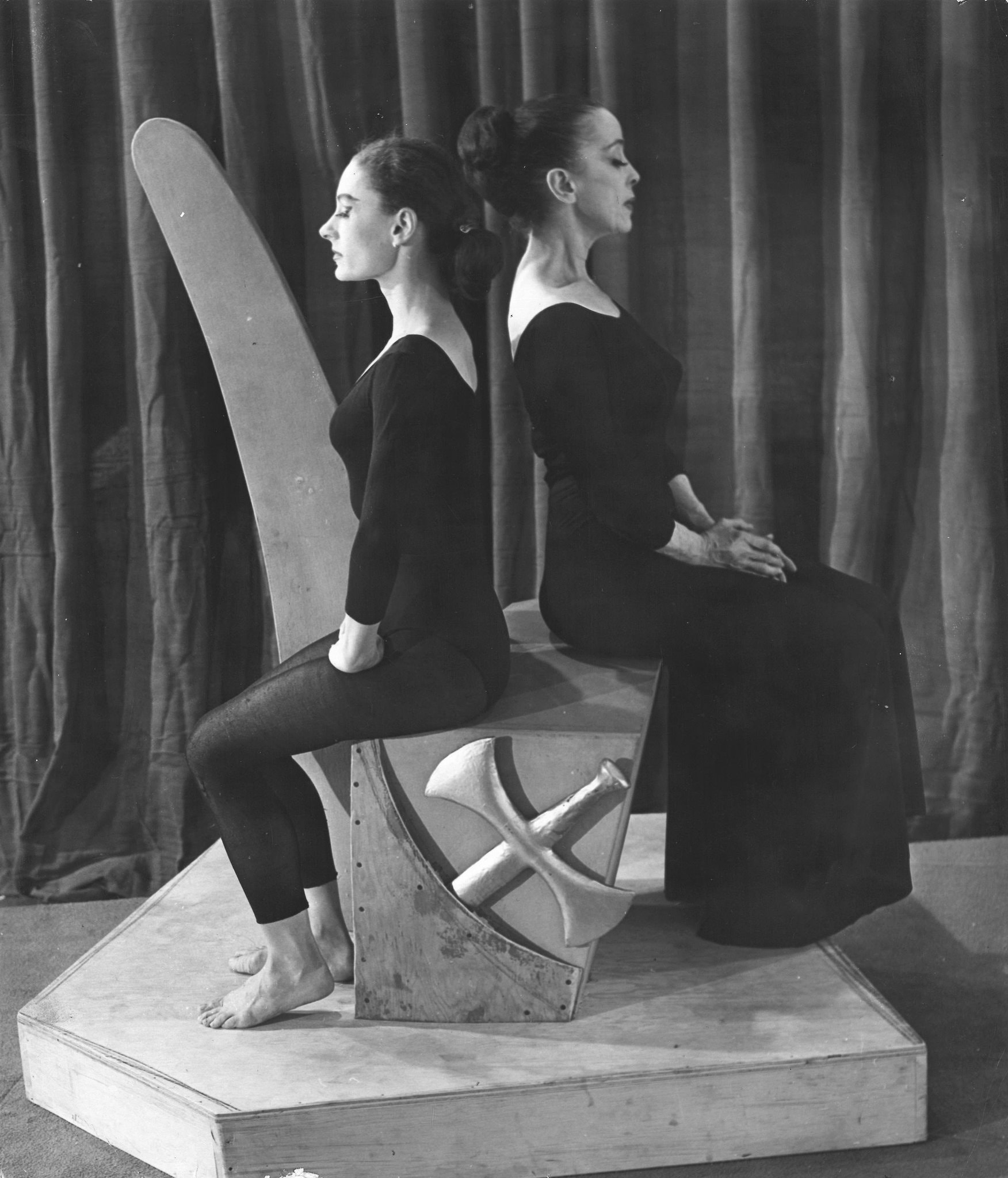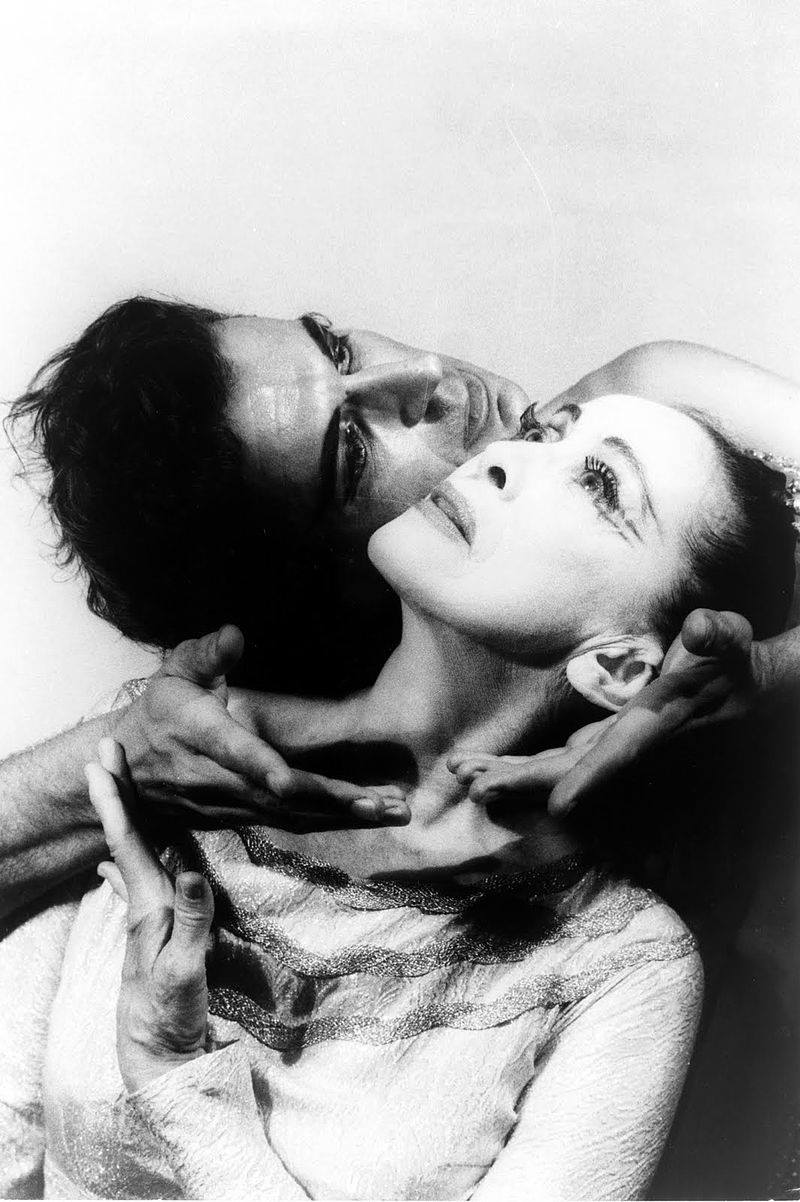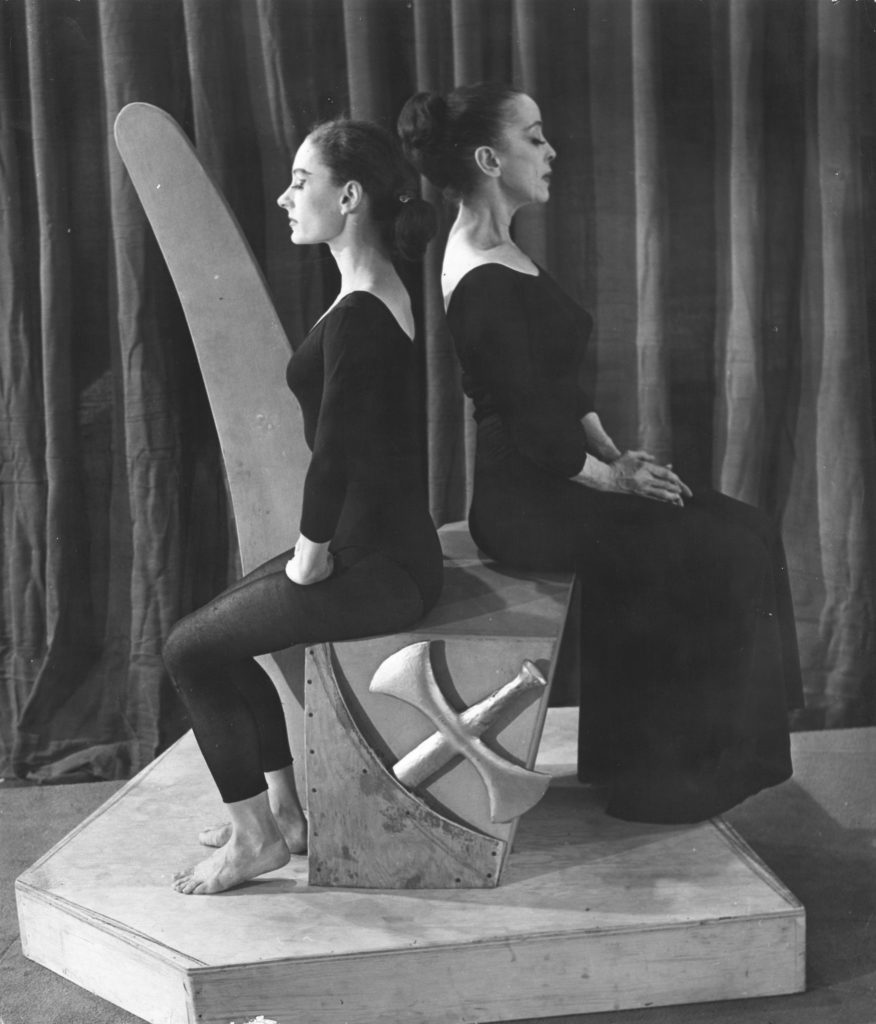With a long career behind her and the creation of a dance school that has seen the best dancers of the last century pass, here is the story of Martha Graham, dancer and choreographer.
Who was Martha Graham
Martha Graham (Pittsburgh, May 11, 1894 – New York, April 1, 1991) was an American dancer and choreographer.
He grows up in a wealthy family in California and finds out in his teens love for dance. It is during a theatrical performance that she realizes she wants to become a dancer and begins to undertake this path.
Between 1913 and 1920 he studied dance and also approached the world of theater studying in Denishawn. Once his path is over moves to New York. Here she taught at the Eastman School of Rochester and made her debut in 1926 with numerous choreographies created by her.
The beginning of a career as a teacher
He decides in 1927 to open the Martha Graham School of Contemporary Dance where he creates choreographies inspired by numerous social themes and maturing a distinctive technique.
With the beginning of the following decade he makes himself known with creations such as “Lamentation” or “Deep Song”. Towards the end, he introduced men to her company, which had hitherto been exclusively female.

In the 40s he starts bringing his boys in tour throughout the United States. He has them perform with some of his most famous choreographies including “El Penitente” or “Appalachian Spring”. Her projects continue to come true until the 70s when she performs for the last time and is forced to abandon dance due to depression.
The technical innovations of the Graham method
His commitment to the world of dance is recognized with the Presidential Medal of Freedom, an award that has been given to numerous geniuses from different fields such as John Steinbeck for literature or Neil Armstrong for science. Even without a prize, however, it is clear that Graham is there mother of modern American dance thanks to its innovations they want to study human physiology.

In fact, he focuses a lot on moments like the contraction and the release which, if alternated, can lead to an excellent extension of the body. In fact, we arrive at a dynamic that recalls the movement of the bow and arrow in which the moments are closely related and indispensable for each other.

